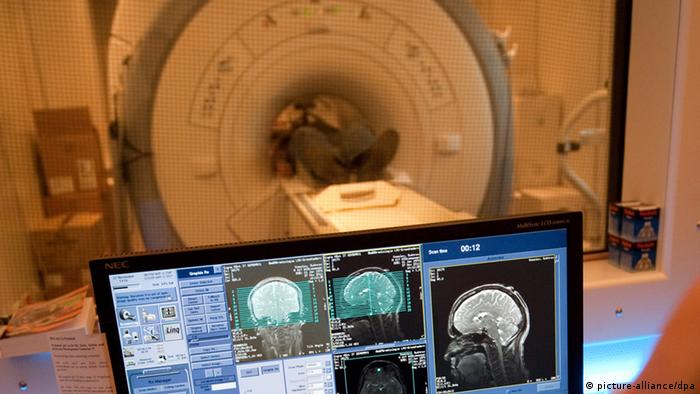The article below was written by John Grohol PSY.D for PsychCentral.
When you show a correlation between two things, you can’t say which way the relationship goes. Do people carrying umbrellas on a city street cause it to rain? Or does the rain cause people to carry their umbrellas?
We know the answer to this question, only because we know the relationship between rain and umbrellas — the rain came first, and then someone invented the umbrella.
So it is surprising to read that an NPR news story recently noted, “More Time Online Raise Risk For Teen
Depression.” The only problem with that headline?
It’s not true.
The research they quote is from the journal World Psychiatry, and the European researchers examined 12,395 teenagers from eleven different European countries. They measured a bunch of at-risk behaviors, such as excessive alcohol use, illegal drug use, heavy smoking and being overweight.
They also measured behaviors we don’t typically associate with being “at-risk” for anything — sedentary behavior, reduced
sleep and high media use. Media use included all use of a TV, the Internet and playing video games.
How researchers define the problem often pre-determines their result. In this case, the researchers defined “high media use” as anything over 5 hours per day. And they found that there’s a group of teens — an “invisible” group — that meet this definition of high media use and report increased psychiatric symptoms.
The problem with that arbitrary
number? It doesn’t reflect the reality of teenage media use today. For instance,
this study from 2010 found that, in the U.S. anyway, teens are now spending on
average 7.5 hours/day on media.
If something is average or the norm, it can’t also be defined as “high” media use. And the 2010 study was from 4 years ago — I can imagine it’s only higher now. So the cutoff is both arbitrary and just plain wrong.
But the researchers didn’t measure whether the teens were depressed before they spent more time online, so the researchers had no way of telling which came first. Is a teen depressed and then turns more to the online world for support, friends, distraction, and emotional engagement? Or do people who spend enormous amounts of time online get more depressed?
The act of spending more time online doesn’t raise the risk of depression in a teenager. That’s not what the study found or said. Instead, it merely showed that if your teen is spending a lot of time online, playing video games, or watching TV, these may be signs that teen is suffering from some depressive symptoms. I know those two things sound very similar, but they’re not the same.
Going back to the umbrella example, if you see people outside walking down the street with an umbrella, you don’t think, “Oh wow, they must be trying to make it rain.” Instead, you just know that the umbrella is associated with rain, and yes, it may be raining outside. Or it may not be — carrying an umbrella has no impact on the weather.
Otherwise, parents who just scan the headlines will just nod their head and say, “Oh, look, another study shows the more time a teen spends online, the more depressed they become.”
Reference
Footnotes:

